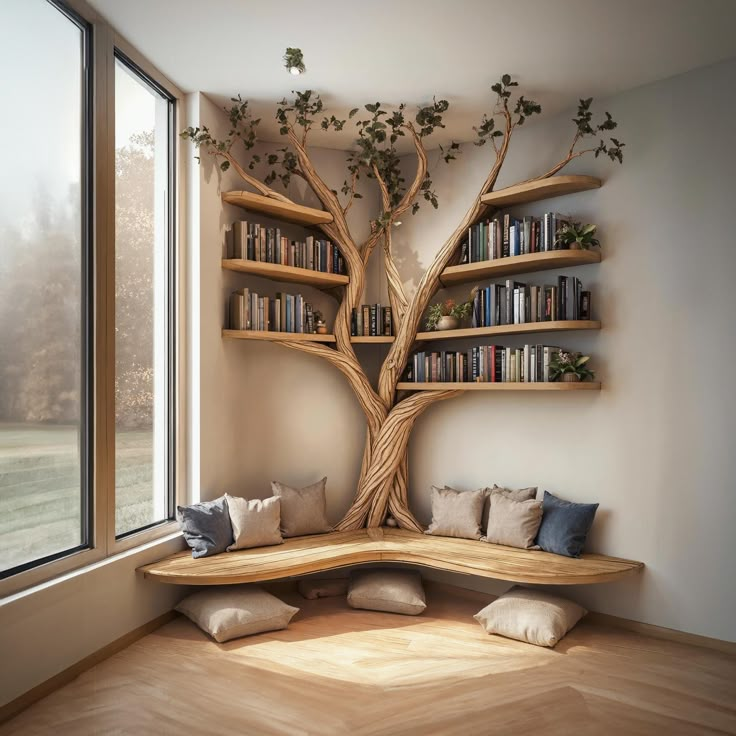Choosing the right furniture goes beyond simply filling a room—it’s about creating a space that feels balanced, purposeful, and easy to live in. Each piece should support the way you move through your home and contribute to an overall sense of order and flow.
Begin with measurements. Take note of the room’s dimensions, including the placement of doors, windows, and other architectural elements. These measurements act as a guide when selecting furniture, helping you avoid pieces that are too large, too small, or awkwardly shaped for the area. It’s easy to be drawn to items based on appearance, but proper sizing ensures functionality and comfort.
Think about how the space will be used. In rooms where people gather, like a living room or dining area, prioritize seating and surfaces that accommodate your typical number of guests. For more private spaces such as bedrooms or offices, focus on the essentials—like a bed, storage, or a work surface—and build around those core items.
Visual balance plays a key role in creating harmony. Mix different shapes, finishes, and structures to add interest without making the space feel crowded or chaotic. A blend of materials like wood, metal, and soft upholstery can enhance dimension. Choosing furniture with slim profiles or open bases can also make rooms feel more spacious and less confined.
Lighting ties everything together. Use a combination of sources—overhead lights, table lamps, and wall fixtures—to create different moods throughout the day. If your room benefits from natural light, try to arrange furniture in a way that allows it to filter through.
Finally, leave room around your furniture. Negative space is just as important as the furniture itself. A layout that allows for movement and doesn’t overcrowd the room contributes to a more inviting and functional environment. With careful planning and a clear vision, your furniture choices can enhance both the appearance and practicality of your home.



How a Golf Simulator Can Take Your Game to the Next Level